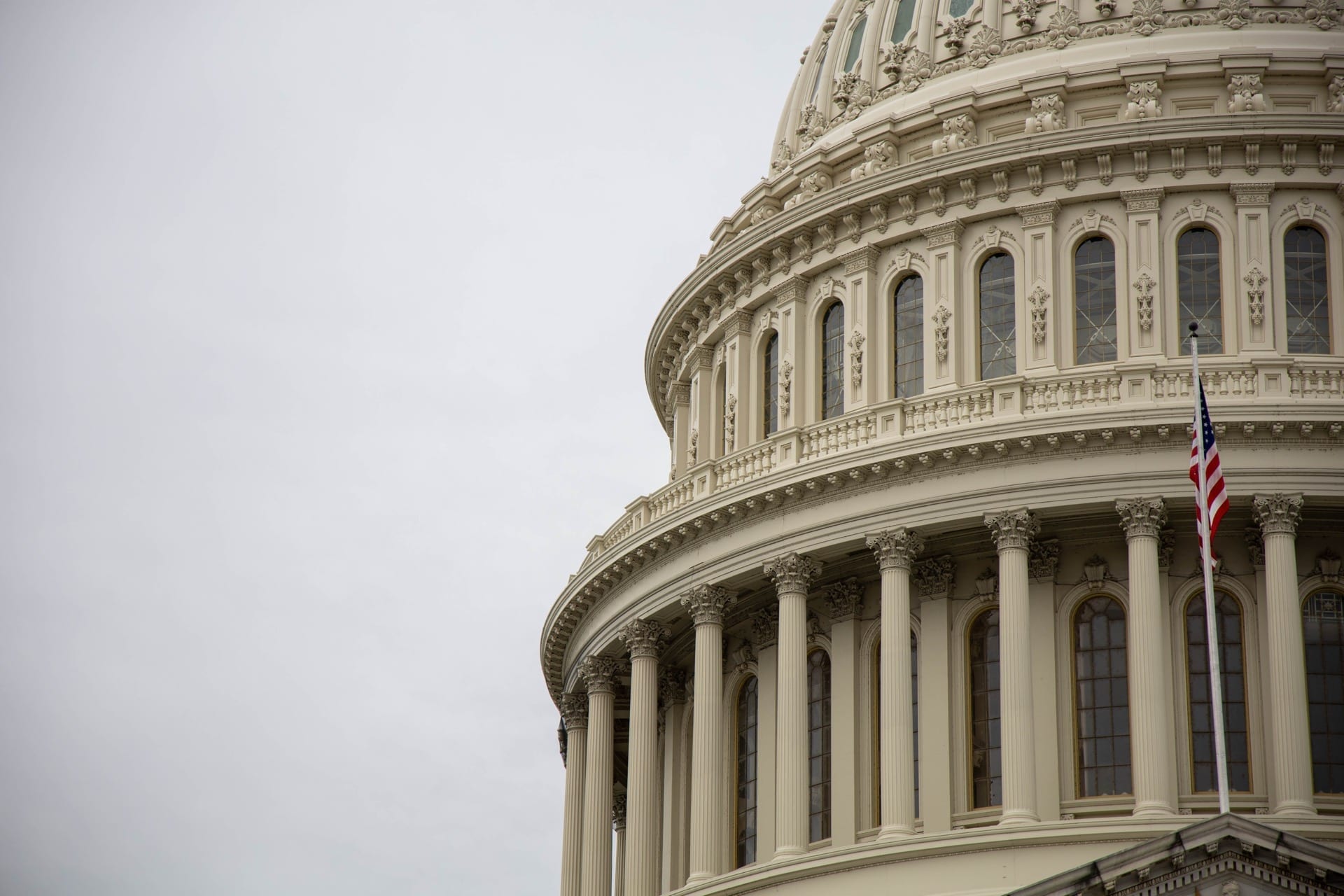American voters were desperate for change, so Hillary Clinton’s late focus on continuity and incrementalism shifted the balance – ultimately producing a reactionary result
By Stanley Greenberg
Appeared in The Guardian on November 15, 2016.
America is being shaped irreversibly by a growing new majority of millennials, racial minorities, immigrants and secular people. So how did the presidential election produce such a reactionary result, surprising all the pollsters, including me? “Shy” Tories and Brexiters apparently upended Britain. Did “shy” Trump voters upend America?
To understand what happened, you have to start with the demand for “change”.
The elites, academics, pundits and even President Barack Obama look at the US and see a dynamic country that is economically and culturally ascendant. But America is also a country of deepening inequality and growing political corruption. Most people struggle with declining or stagnant incomes, while CEOs and billionaires have taken most of the gains in income and wealth. More than anything, people are angry that the game appears to be rigged by corporate special interests.
Donald Trump managed to become the Republicans’ candidate of change by attacking crony capitalism, trade deals favoured by big business, the billionaire SuperPacs that fund the candidates and Hillary Clinton’s ties to Wall Street. That allowed him to ride the support of the Tea Party and white people without a four-year college degree all the way to the nomination.
But the cry for change coming from the new liberal American majority was just as intense. Bernie Sanders’ call for a “revolution” produced landslide victories with millennials and white Democrats without a four-year degree. This progress nearly allowed him to contest the convention. No less than Trump, Sanders attacked Clinton for her Wall Street speeches and SuperPacs.
Clinton achieved her most impressive leads in the polls when she, Sanders and Elizabeth Warren embraced after the primaries and after her convention speech that demanded an economy that worked for all, not just the well connected. She emerged with her biggest lead when she closed the debates with a “mission” to “grow an economy, to make it fairer, to make it work for everyone”, and “stand up for families against special interests, against corporations”.
That led many more voters to see Clinton as standing for the American middle class, which most working people aspire to, and being better on the economy, truthful and willing to stand up to special interests.
Working as a pollster for Bill Clinton in 1992 and Al Gore in 2000, I watched voters settle into their decisions immediately after the debates. Trump and Hillary Clinton were both talking about change, and Clinton was winning.
But then the campaign’s close was disrupted by a flood of hacked emails, whose release was linked to Russia, intended to show that friends of Bill Clinton were using the Clinton Foundation to enrich the former president, and then by FBI director James Comey’s letter to Congress announcing the reopening of his investigation into Hillary Clinton’s emails.
This allowed Trump to close his campaign with a call to “drain the swamp” and reject “the Clintons’ big business trade deals that decimated so many communities”.
The Clinton campaign fought back. It attacked Comey for his unprecedented intervention and then used its advertising muscle to shift the spotlight from Clinton to Trump. Its ads running right through the very last weekend showed Trump at his worst. By then, nobody could remember that Hillary Clinton was a candidate with bold economic plans who demanded that government should work for working people and the middle class, not corporations. She was no longer a candidate of change.
As President Obama campaigned for her at the end, Clinton urged voters to “build on the progress”. She closed her campaign with a call for continuity and incrementalism. That turn is why the polls turned out to be so wrong.
This was a “change election” for the new American majority too, and that late turn by Clinton produced disappointing turnout among Hispanics, African Americans, single women and millennials. The African Americans’ greatly diminished turnout in Philadelphia, Detroit and Milwaukee likely gave the states of Pennsylvania, Michigan and Wisconsin to Trump.
Clinton’s total vote fell well below Obama’s in 2008 and 2012.
The new American majority really did make up the majority of voters for the first time, and they helped Clinton win the popular vote. But their late pull back upended the pollsters’ key assumptions about turnout.
The other change voters, the white men without a four-year college degree, did their part too. They were never shy about their support for Trump, but concentrated in rural and smaller towns in the rust belt, they became even more consolidated in their support for him, put out lawn signs and turned out to vote in unprecedented numbers. Our polls showed him with a 36-point lead before the conventions. But further consolidation and higher-than-expected turnout gave Trump an unimaginable 49-point lead and 72% of the vote among this group. The Trump vote was never shy, just not fully consolidated.
And don’t forget the non-college-educated white women who, after all, are a majority of the white working class. Through most of the campaign, Trump’s disrespect of women and Clinton’s plans for change allowed her to compete with him for their support. She trailed by just nine points after the debates. But with Clinton mostly attacking Trump and no longer talking about change, the women shifted, almost unnoticed but dramatically, to Trump. He won them by 27 points, a nine-point bigger margin than that achieved by Romney in 2012.
These late turns allowed Trump to win Wisconsin, Michigan and Pennsylvania by a percentage point.
America has changed, but this change election produced a reactionary result.


